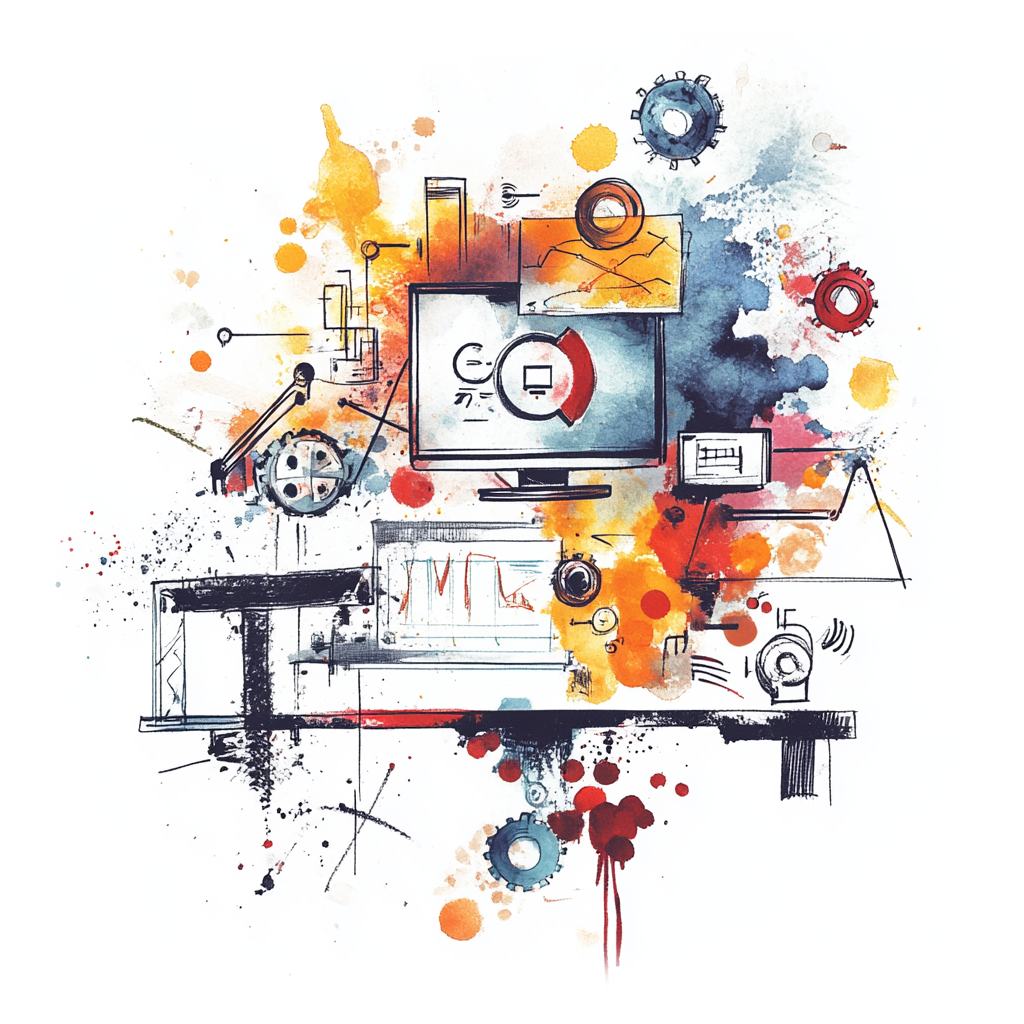Leveraging Self-Owned AI in Chemical Manufacturing
Learn how Chemical Manufacturing companies can leverage self-owned AI to enhance their operations and drive innovation.

Unlocking Potential: How Upstream Operators in Chemical Manufacturing Can Harness Their Own AI
Imagine a world where the challenges of upstream operations in chemical manufacturing transform into opportunities for innovation, efficiency, and growth. It sounds grand, doesn’t it? But for those in this industry, what if you could bring that vision to life using your very own AI? Yes, we’re talking about creating a system tailored to your unique needs and challenges. Let’s explore how you can leverage such an AI and why it might just be the game changer you’ve been looking for.
Crafting Your Own AI: Real-World Use Cases
1. Process Optimization
Imagine having a tool that learns your processes and suggests optimizations in real-time. For upstream operators, this means tweaking the production processes to minimize waste and enhance yield. Your AI could analyze chemical reactions and optimize conditions based on subtle changes in input materials, ensuring the most efficient production runs.
2. Predictive Maintenance
Think of your equipment as the backbone of your operations. What if you could use an AI to predict when it’s likely to fail? By analyzing operational data, your AI can inform you when machinery requires maintenance long before it breaks down. This proactive approach saves you downtime and costly repairs, leading to smoother operations.
3. Regulatory Compliance
With stringent regulations governing chemical manufacturing, staying compliant can feel overwhelming. Enter your AI: it can help you sift through the regulations, keep track of compliance requirements, and flag potential issues before they escalate. It acts like your compliance advisor, ensuring you’re always a step ahead.
4. Enhanced Safety Protocols
Safety in manufacturing can’t be overstated. Your AI could analyze past incidents, identify trends, and suggest improvements to safety protocols. Whether it's recommending personal protective equipment or identifying hazardous conditions, your AI can be an essential partner in creating a safer workplace.
5. Improved Supply Chain Management
Supply chain issues can be a nightmare in the chemical industry. Your AI can forecast demand based on historical data and external market indicators, enabling better inventory management and reducing the risk of overstocking or stockouts.
The Perks of Having Your Own AI
So why should you consider crafting your very own AI instead of using a ready-made solution? Here are a few compelling reasons:
Custom-Tailored Solutions
Commercial options can sometimes feel like one-size-fits-all solutions. With your AI, you can mold it to your specific needs—be it a particular chemical process or compliance landscape. This customization means a direct fit for your operational reality.
Data Security
In an age where data breaches are on the rise, having your own system also means you control your data. You can keep sensitive information within your premises, minimizing the risk of external threats.
Empowerment and Independence
By having your own AI, you are not reliant on third-party providers. You can evolve and adapt freely without worrying about software updates or provider changes. This independence allows you to pivot as your business grows and changes.
Steps to Building Your Own AI
Now that you’re excited about the potential, how do you go about making this AI dream a reality? Here’s a straightforward plan:
Step 1: Identify Your Needs
Start with understanding where your biggest pain points lie. Is it optimizing production or managing safety? Pinpoint specific challenges that your AI will help address.
Step 2: Gather Data
AI thrives on data. Collect historical data related to production, maintenance, safety incidents, compliance, and more. The more robust your dataset, the better your AI will perform.
Step 3: Partner with Experts
Building an AI isn’t a solo venture. Collaborate with data scientists or software developers who specialize in AI and machine learning. Their expertise will guide you through the technical maze.
Step 4: Develop a Prototype
Start with a small project that targets one area of your operations. This allows you to test, learn, and refine before rolling out a larger initiative.
Step 5: Test and Iterate
Once your prototype is up and running, monitor its performance closely. Gather feedback and adjust as necessary. Iteration is the key to success.
Step 6: Scale
Once you’ve fine-tuned your AI, you can expand its reach across different areas of your operations, from supply management to regulatory compliance.
In Conclusion
In the ever-evolving landscape of chemical manufacturing, adopting new technologies could mean the difference between stagnation and growth. By harnessing your very own AI, you not only focus on solving current challenges but also position your operations for a future where efficiency and innovation reign supreme. The journey may seem daunting, but every great leap starts with a single step—or in this case, your very own AI. Embrace the change, and watch your potential unfold.
